Hives Improve
- KatyAnn Dudley
- Sep 25, 2016
- 3 min read
Updated: May 15, 2020

So, my hives weren't doing well for several weeks, but finally they seem to be picking up again.
Hive 1 has been doing really well, but Hive 2 has been my problem child. Hive 2 made a new queen but nothing happened, so I used some frames from my dad's farm, waited for two new hives to integrate into one and then condensed their boxes down.
How to combine two hives:
H2 was kept on the bottom in their original box. A few sheets of newspaper were laid on top of the existing hive (2-4). Two slits about the length of a knuckle segment on the pointer finger were cut into the newspaper (in a space between frames so the bees can begin to crawl through it and chew apart the paper).
My dad's nuc was set on top of the news paper, the vent hood and hood placed back on top and both hives left alone for about two weeks.
After I let the hives sit, I came back, took off the remaining paper and then let them sit for another week.
The next week, I took out the frames from the original nuc box that had the most resources on them and combined them with H2, leaving the original box (H2) with some still empty frames for expansion.
I now had one fully functioning hives reared by two previously separate hives.
I let them sit for a few weeks, but when I came back, neither hive had a solid nectar store. Hive 1 seemed rather quiet, Hive 2, was growing considerably, but both of them had only scattered amounts of nectar, a few corners here, a tab there... I wanted to see them going into the winter with at last two full frames of honey to live off of.
While I didn't want to, I found it necessary to start supplementing their food source with sugar water.
Sugar water:
I use a quart jar and freezer quality gallon plastic bags.
Fill up the quart jar with about one and a quarter cups of sugar and fill the rest of the jar with water (tap water is fine).
Shake the solution until it turns a light tan color and there aren't many sugar granules left at the bottom.
Pour the contents into a gallon bag and set aside until you finish the second serving.
Repeat the same amount of sugar and water, shake and pour it into the same bag.
Lay the gallon bag flat so that it forms a perfect rectangle on the surface, the zipper should be to the side, not up and down, and carefully press out as much air as possible.
Fold the bag in half with the zipper end laying parallel to the bottom end.
Take a knife and make two half inch incisions in the surface of the bag.
This should last a small hive about a week and a half to two weeks. Below is a picture where a different size bag was used.

Even with the sugar water supplement I wasn't sure how well they would do with finding pollen, a necessary tool for many functions in the hive.
This spring, we'd had an overwhelming success back home with the hives finding a plethora of nectar and pollen, then summer hit and it was so outrageously dry, the bees simply weren't finding the resources they needed. Largely, I suspect, because they spent the majority of their time collecting water to cool off the hive.
We'll see how they do!
Image Sources: http://www.davegtravels.com/wp-content/ups/2010/10/09_frame_full_of_bees.jpg
http://www.bing.com/images/search?q=bee+hive%2c+bag+feeder&view=detailv2&&id=82540CFE57D745CEFC9DABFFB2C2FECBBBC5E917&selectedIndex=11&ccid=GMUfEN3p&simid=607991177841216086&thid=OIP.M18c51f10dde908867f1f19163b65cf2co0&ajaxhist=0





Comments